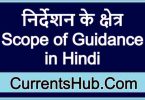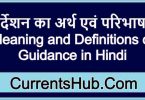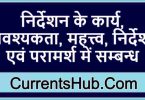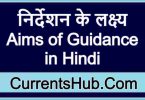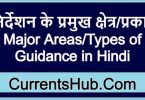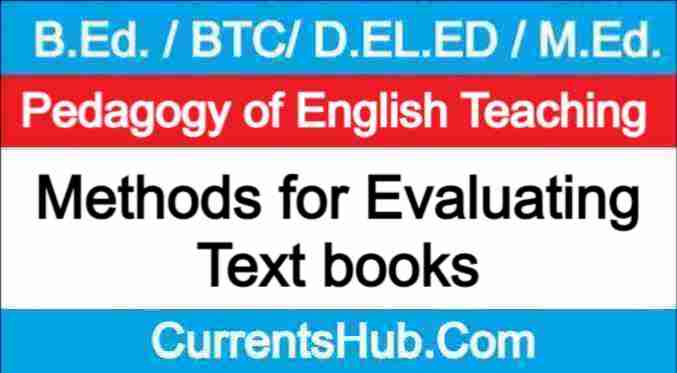
अनुक्रम (Contents)
Methods for Evaluating Text books
There are three basic methods for evaluating textbooks. The first is called the impressionistic method and it involves analyzing a textbook on the basis of a general impression. The general impression would be gained by reading the blurb and the contents page and then skimming through the book to get a sense of orga nization, topics, layout and visuals. This method is not adequate in itself but could be combined with for example the second method, which is called the checklist method. This method is sys tematic in the way that the criteria on the list are checked off in a certain order. It is also very easy to compare different materials and it is not very time-consuming compared to other methods. The third method, the in-depth method, suggests a careful examination of representative features such as the design of one particular unit or exercise, or the treatment of particular language elements. An obvious disadvantage in this method is that the selected section might not be representative of the book as a whole. For the cur rent study, the first and the second method were used.
Ellis (1997) distinguished two types of materials evaluation, namely, predictive evaluation and retrospective evaluation. A pre dictive evaluation is designed to make a decision regarding what material is to be used. Those who are required to carry out a pre dictive evaluation determined which material is best suited to the determined purposes. Once the materials have been used, further evaluation may be conducted to find out whether the materials have worked out for the purposes determined and this type of evalua tion is called retrospective evaluation. As can be understood from the aforementioned definitions, both predictive and retrospective evaluations aim at making the teaching-learning environment more effective but the second type is only adopted for the present study. Many different kinds of factors must be taken into account when selecting a textbook. McGrath (2001:19-21) listed a number of learner as well as teacher factors when selecting a textbook. As for learner factors, he concentrates on factors such as age range, proficiency level in the target language, reasons for studying the target language, sex distribution and so on. Following the learner factors is a list of learner needs, for example dialect, language-skill emphasis, language-system emphasis (grammar, vocabulary, pho nology) and attention to mechanics (spelling, punctuation). Con cerning the teacher factors, the focus was on language competence, methodological competence, awareness, and experience of teach ing. Information about the institution and the specific program for which the material is intended is also important to consider. He mentioned for example level within the educational system (kin dergarten, primary, secondary), class size, and aims of the program, syllabus and so on. In the same way as McGrath (2001), Skierso (1991:432-434) listed a number of factors that need to be estab lished before the evaluation process can start. Information is needed about the students, the teacher, the institution and so on. Just like McGrath, she also recommends a first-glance evaluation, although she refers to the process as survey, in which it is possible to elimi nate the most unsuitable textbooks (p 435).

